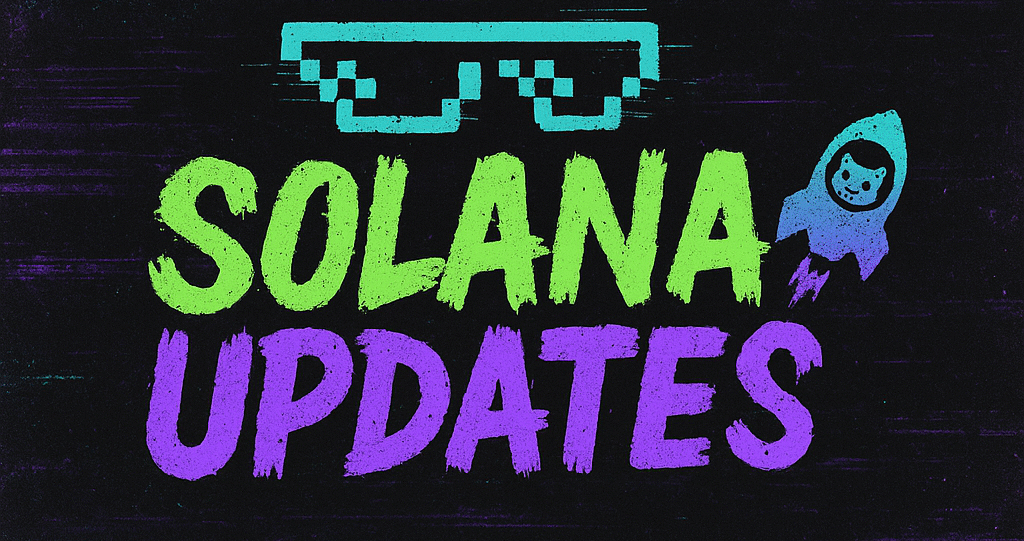The concept of the American Dream has long been intertwined with homeownership, financial stability, and upward mobility. Traditionally, achieving this dream was closely linked to conventional financial systems, bank loans, and a steady nine-to-five job. However, the landscape is shifting dramatically, thanks in large part to the rise of cryptocurrency as a legitimate form of wealth.
As of 2025, U.S. housing policy has begun to recognize cryptocurrency holdings as legitimate assets. This marks a significant change in how wealth is perceived and utilized in America, especially for a generation of digital investors who have amassed substantial wealth outside of traditional financial systems.
A Shift in Wealth Accumulation
For many millennials and Gen Z individuals, the path to financial prosperity has diverged from the norm. Rather than relying solely on traditional investment vehicles like stocks and bonds, these digital natives have turned to the burgeoning world of cryptocurrency. Their investments in Bitcoin, Ethereum, and Solana, among others, have not only provided impressive returns but have also facilitated a new route to financial independence.
This shift is not just about making money; it’s about redefining what wealth looks like. Cryptocurrencies offer a level of accessibility and democratization of financial power that was previously unimaginable. With this newfound wealth, many are looking to invest in real estate, a cornerstone of the American Dream, and housing policies are catching up to this trend.
Policy Changes Reflecting New Realities
Recognizing cryptocurrency as legitimate wealth is a significant policy evolution. It acknowledges that blockchain-based assets are here to stay and that they play a crucial role in the modern economy. This change allows crypto holders to use their digital assets as collateral for home loans, similar to how traditional securities are used.
Mortgage lenders have started to adapt as well. Many are now accepting cryptocurrencies as part of the asset portfolios required for loan applications. This inclusion not only broadens the pool of potential homeowners but also diversifies the financial instruments that can be leveraged to secure a home.
Challenges and Considerations
While this policy shift is promising, it’s not without its challenges. The volatile nature of cryptocurrencies poses a risk that both lenders and borrowers need to navigate. Valuations can swing dramatically, impacting the perceived wealth of potential homeowners. Therefore, financial institutions are developing more sophisticated models to assess the stability and reliability of cryptocurrency assets.
Moreover, there are regulatory considerations. As this financial frontier expands, so too does the need for clear and robust regulations that protect both investors and institutions. Transparency, security, and fraud prevention are critical factors that policymakers must address to ensure the sustainable integration of cryptocurrency into the housing market.
The Future of Homeownership
The incorporation of cryptocurrency into housing policy is more than just a nod to changing times; it’s a renovation of the very idea of the American Dream. For digital investors, this recognition is empowering, offering a direct path to one of the most traditional symbols of success and stability in American culture: homeownership.
As more people embrace digital currencies, the potential for further innovations in how we perceive and achieve economic prosperity grows. The American Dream, once a rigid concept, is now a flexible and evolving narrative, one that accommodates the diverse ways in which people can achieve financial success in the 21st century.
In conclusion, while challenges remain, the integration of cryptocurrency into U.S. housing policy represents a significant step towards inclusivity in wealth and investment opportunities. It’s not just about preserving the dream; it’s about renovating it to suit a new era.
🛒 Recommended Product: Check out top-rated crypto gear on Amazon


